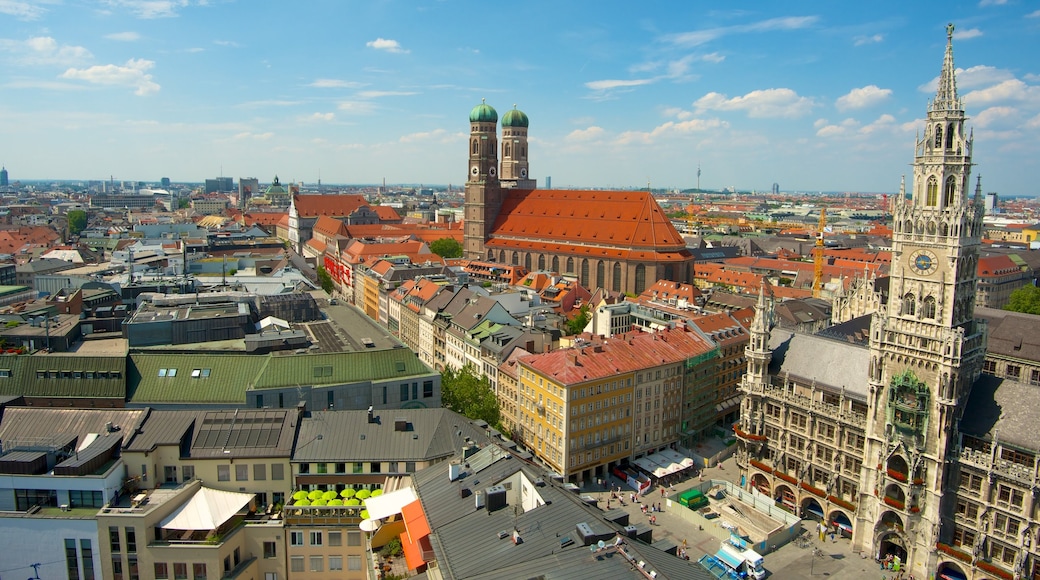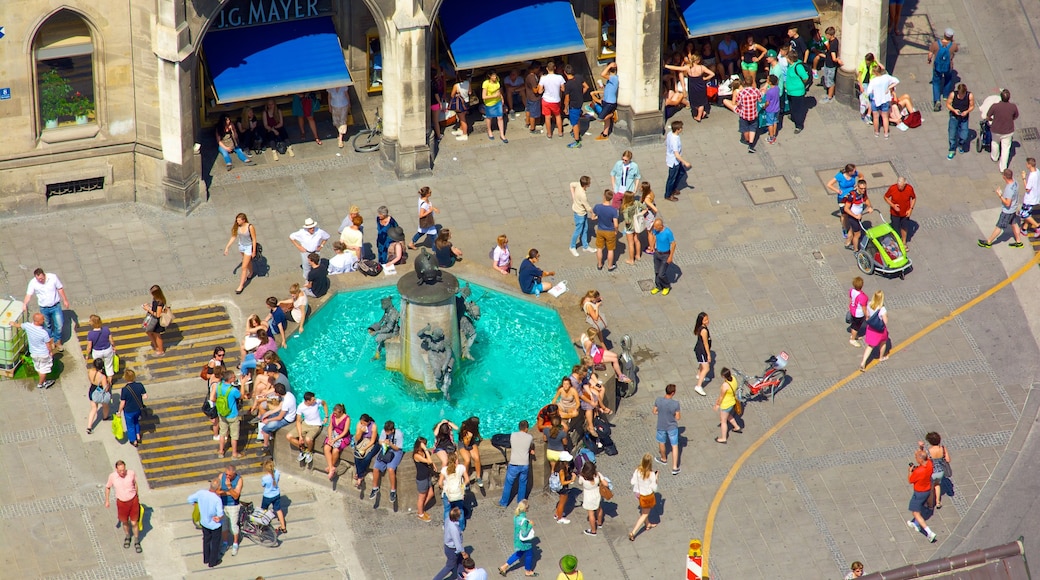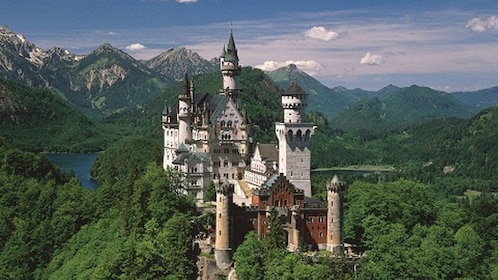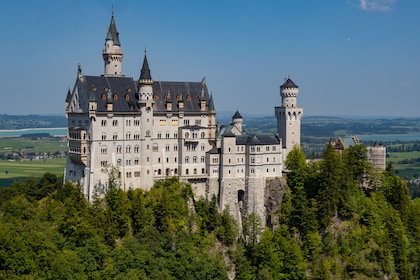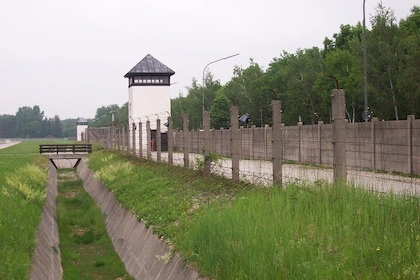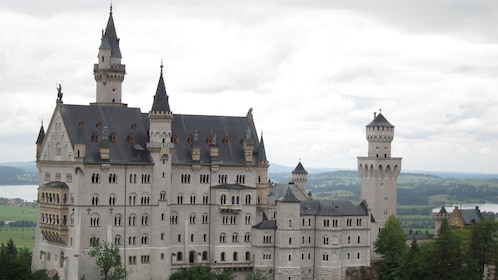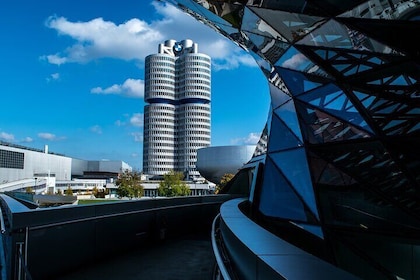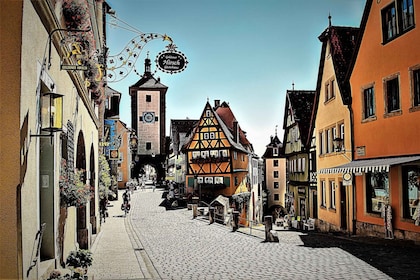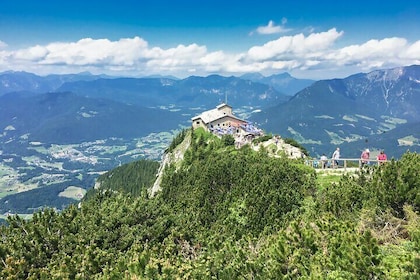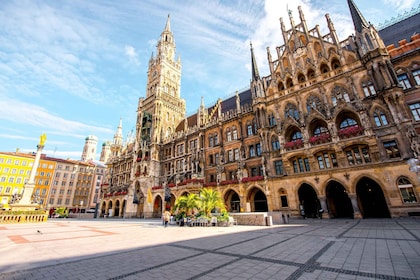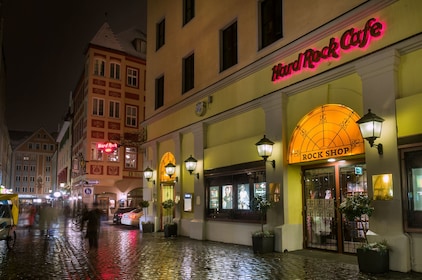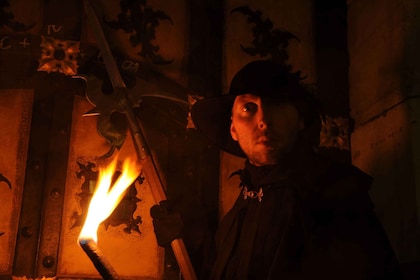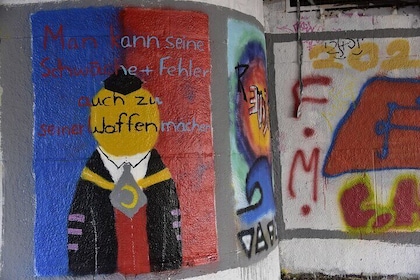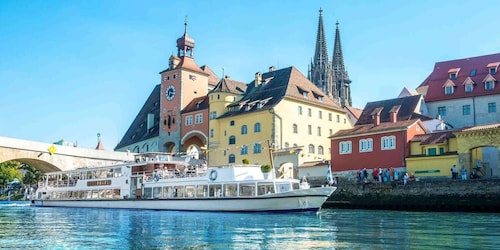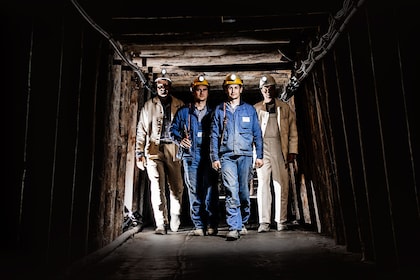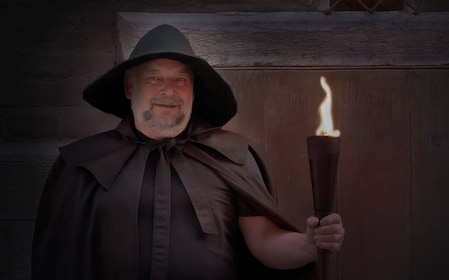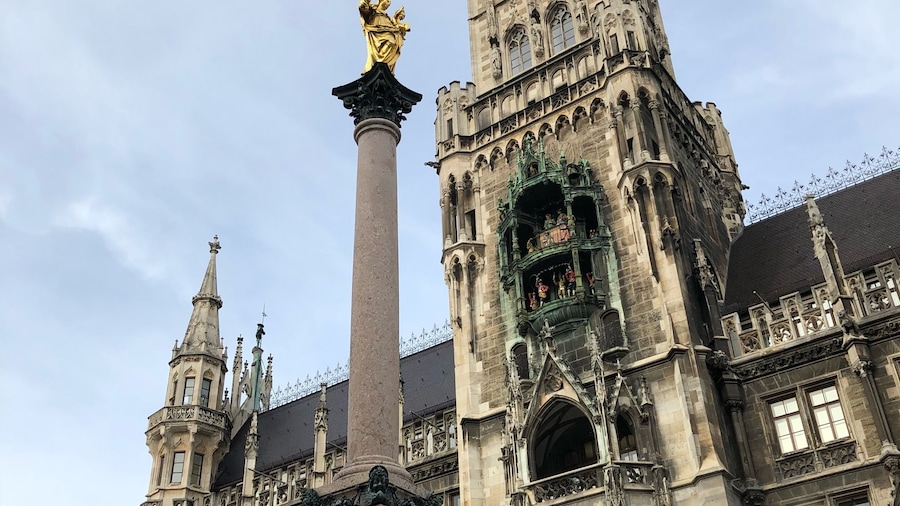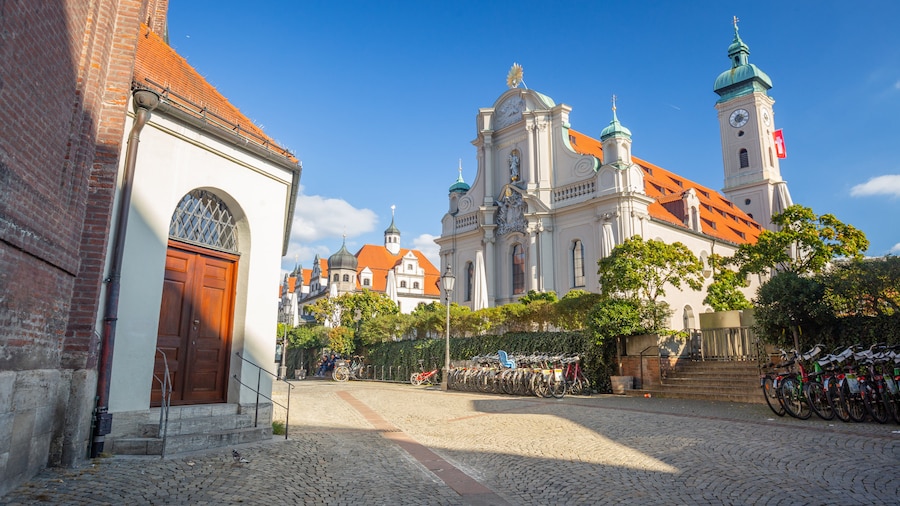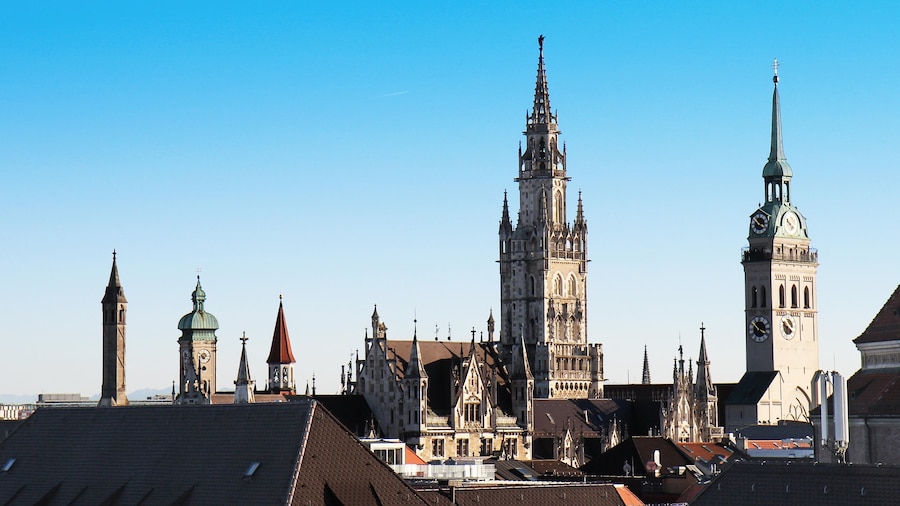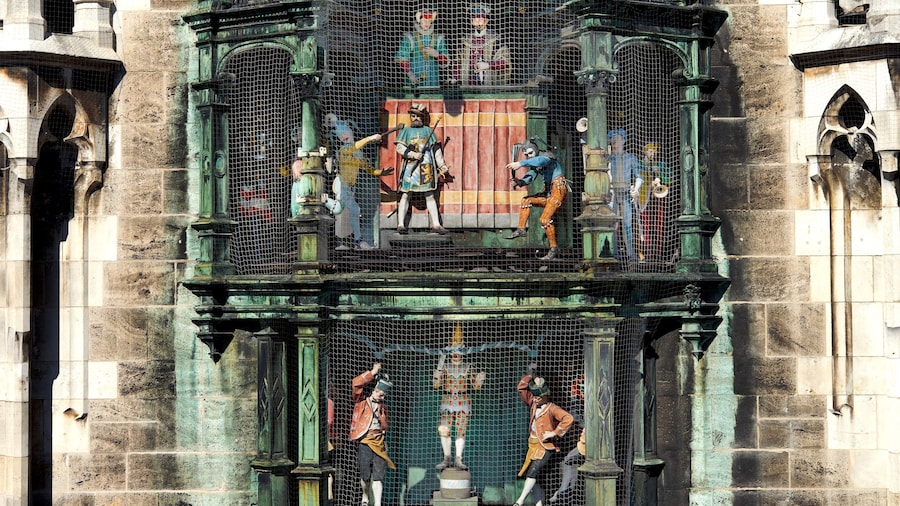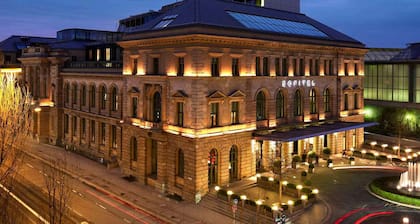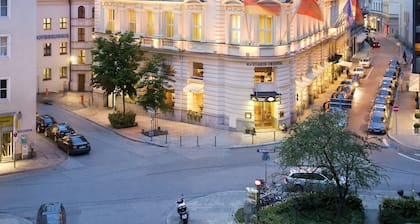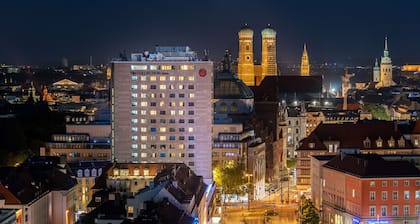The oldest church in Munich, the St. Peter’s Church (Peterskirche) has endured a fascinating history that dates back to 1180. Bavarians have rebuilt and renovated the church several times after tumultuous events, such as a 14th-century fire and bombing during World War II. Rebuilding was only completed in 2000. The church’s highlights include an eerie skeleton encrusted with jewels and a looming tower.
Many different types of architectural design have been added to the church over nine centuries. Admire some of the baroque and rococo features installed inside the church during the 17th and 18th centuries.
Look for artist Erasmus Grasser’s figure of Saint Peter on the high altar. Note Peter’s tiara, which church officials remove after the death of a pope until the inauguration of a new leader.
Make your way to the side-altar to see the remains of St. Munditia. The bones of the Christian martyr have been maintained for centuries after being moved from Rome to Munich in 1675. Marvel at the gold and precious jewels that decorate her skeleton. Admire the baroque shrine in which the bones rest.
Climb to the top of the church’s tower, which is known as the Alter Peter (Old Peter) by locals. It’s a steep climb to the top and there are 300 steps, but the view is well worth the effort. Gaze out at a panorama of Munich, which stretches as far as the Alps on a clear day. Of the tower’s eight bells, only one does not ring. The oldest and smallest bell is located behind a barred window in the tower basement. It was once rung to signal executions in the Marienplatz.
The Peterskirche opens every day. Opening hours for the tower vary depending on the season. There’s a fee to climb to the top. During religious services, the church is not open to public viewings. Get to the church via metro to the Marienplatz subway, which is located next to the Peterskirche.

